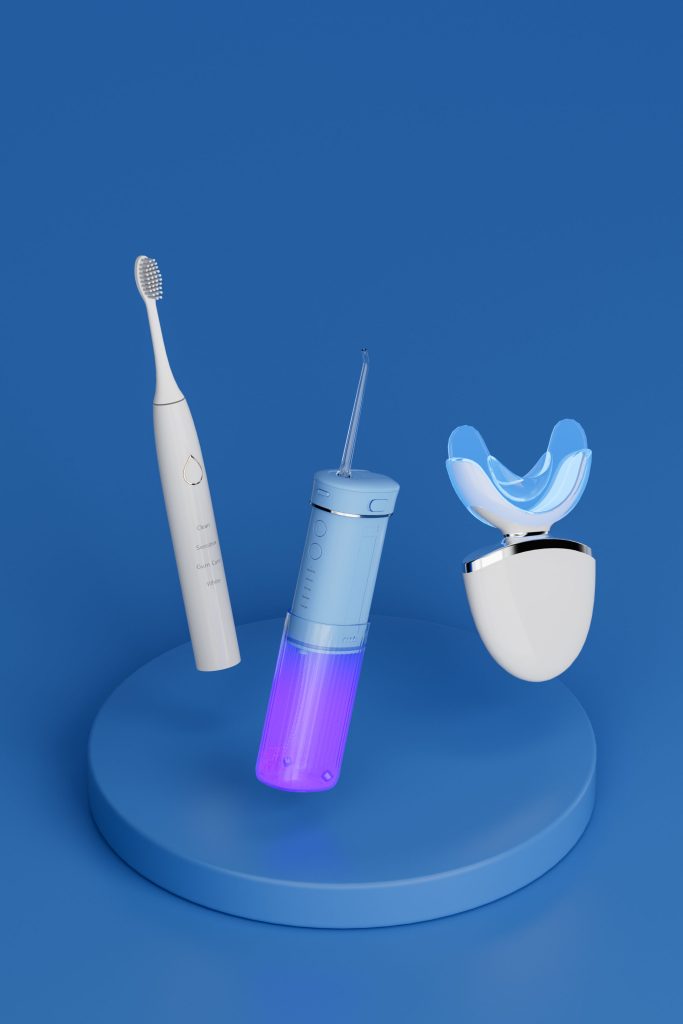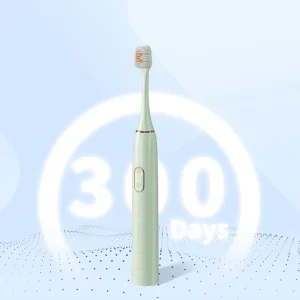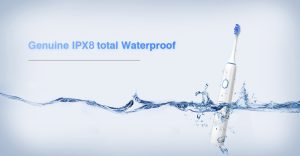In today’s fiercely competitive whitening product market, consumers demand outstanding whitening effects. Yet many manufacturers face a common challenge: whitening inefficiency. One critical factor that may be responsible is the quality of the Teeth Whitener Nano Coating used in the product. In this blog, we answer the question posed in the title by examining six key aspects and exploring how optimizing nano coating technology can enhance whitening performance.
Understanding the Fundamentals of Teeth Whitener Nano Coating
Teeth Whitener Nano Coating is an advanced nano-level surface treatment aimed at improving the performance of whitening products. A high-quality nano coating ensures even light dispersion, enhances the adhesion of active whitening ingredients, and effectively prevents pigment deposition. In contrast, a low-quality coating might suffer from uneven thickness and poor adhesion, hindering the light-driven catalytic processes necessary for efficient whitening.
Multiple Factors Behind Whitening Inefficiency
While several factors can contribute to whitening inefficiency, the quality of the nano coating plays a critical role. A subpar Teeth Whitener Nano Coating can prevent proper activation of the whitening reaction, resulting in insufficient decomposition of stains and colorants. Thus, even if the formulation is optimal, the final whitening performance can be significantly compromised if the coating does not perform as intended.
Negative Impact of Low-Quality Nano Coating on Whitening Performance
When the nano coating quality is lacking, several issues may arise:
- Uneven Coating Distribution: Inconsistent coating leads to non-uniform dispersion of active whitening agents, resulting in patchy whitening effects.
- Insufficient Adhesion: A weak coating may peel off or deteriorate, undermining the stable release of whitening ingredients.
- Reduced Photocatalytic Efficiency: Without a proper protective layer, the whitening agents may not effectively harness light energy, leading to overall whitening inefficiency.
These factors directly contribute to reduced product performance and consumer dissatisfaction.

Testing and Evaluating Nano Coating Quality
To prevent inefficiencies, manufacturers should rigorously assess the quality of Teeth Whitener Nano Coating during production. Key evaluation methods include:
- Coating Thickness Measurement: Utilizing advanced instruments to ensure the coating is applied uniformly and meets design specifications.
- Adhesion Tests: Conducting standardized pull-off tests to verify that the coating adheres strongly to the substrate, ensuring durability.
- Photocatalytic Activity Evaluation: Simulating actual usage conditions to determine if the coating effectively enhances light-triggered whitening reactions.
Implementing these quality checks helps detect issues early and prevents low-quality coatings from reaching the market.
Solutions to Enhance Whitening Efficiency
To address whitening inefficiency caused by a low-quality nano coating, manufacturers can take several steps:
- Source High-Quality Materials: Use superior raw materials that meet stringent industry standards for nano coatings.
- Optimize Coating Processes: Refine application techniques to achieve consistent thickness and improved adhesion using automated precision equipment.
- Strengthen Process Control: Introduce real-time monitoring systems on production lines to detect and correct coating anomalies promptly.
- Invest in Research and Development: Continuously explore innovative nano materials and application technologies to further boost photocatalytic performance and durability.
These measures collectively contribute to a product that consistently meets high performance and aesthetic standards.
Conclusion: Answering the Central Question
In summary, whitening inefficiency can indeed be closely linked to low-quality Teeth Whitener Nano Coating. Poor coating quality can undermine the activation of whitening agents, resulting in uneven and ineffective whitening. To resolve this issue, manufacturers must emphasize rigorous quality testing, optimize the coating process, and invest in advanced materials. By doing so, they can significantly enhance the whitening performance, ensuring that their products deliver the vibrant, consistent results that consumers expect. Ultimately, selecting a high-quality Teeth Whitener Nano Coating is essential to achieve superior whitening and boost overall customer satisfaction.https://www.powsmart.com/about-powsmart/


